Tips for own root versus grafted roses in pots & LongAgoRoses bands
strawchicago z5
2 years ago
last modified: 2 years ago
Featured Answer
Sort by:Oldest
Comments (100)
Related Discussions
Own root vs grafted
Comments (29)This is an interesting subject I have spend a lot of time and energy on, and I really like hearing others opinon :-) I wish some of the large rose producers would give us their knowlege or that someone does a large scale test of rootstocks in differnt locations that last at least 6 years. Kordes, Meilland and others must have lots of experience in this, not to mention nurseries in US. There are some old tests (1940's and 50's) that lasted 7 years or so, with field grown roses where the grafted roses did much better than any ownroot. For Europe north of the Alps three roses as rootstock came out better than others: Laxa, multiflora and a few canina varieties. Personally I have grown and observed alba roses like Minette, Maiden's Blush, Felicite Parmentier both as grafted plants and grown from rooted cuttings. In most cases all the grafed ones are larger even after something like 30-50 years (I have only planted roses the last 10 years). They say a grafed rose live on average something like 5 years, but some varieties really grow old as grafted plants. Maiden's Blush and Felicite Parmentier does not sucker much, if at all. Most likely it is the canina understock that is the root of these plants.These varieties are well worth growing ownroot and have vigour and resilience enough to stand on their ownfeet almost any where. In the rosarium in my town they grow a lot of rugosas, many of them really don't need any help from canina roots, or any other. Still they often are produced as grafted plants. I think it was Fru Dagmar Hastrup that was bought and planted on canina roots and did fine on them for a long time. Something like 6 years later they dug the plants up, sawed of the rootstock that still was the main root on all plants. This was done as an experiment and in hope that the plant would not grow as tall. They got the desired result, about 50 cm (just under two feet) shorter. The plants looked just as good on canina roots as ownroot. What I find interesting here it the fact that these rugosas do very well ownroot and really have no problem with the climate in any way. It seams that the understock gives the plant extra growth and energy. I have noticed this with climbers too, New Dawn, Blaze and a few climbing hybrid teas. They grow taller no doubt, and often look healthier and more resilient than ownroot plants. Floribundas and hybrid teas are even more dependent on streangth from the rootstock, and mostly there are no contest at all between ownroot and grafted. Pots seam to be the exeption and with extra care some grow into fine plants. I have read that multiflora does better in pots than other rootstocks. I have not had the chance to test this out, but multiflora does very well in pots. One of the arguments of those who produce ownroot roses is that grafted roses is less costly and done with less laber. This is not true. There was a time when grafting roses was considered both more expensive and more work, but the end result was found better. Another argument is that ownroot plants often look better in the garden and often will grow more shapely. This is not true either, I state this with observations from both the south of France and Northern Europe. A very long time ago grafting of roses was done with different techniques (in the time of Gertrude Jekyll). I don't know of any roses that is many with any other method than "oculation" (I don't know if this is the right term in English): Where a tiny T-shaped cut is made on the root-neck of the rootstock and an eye from the disired rose is slided under the fresh bark in the T-shaped cut. The root-stock is slightly pulled up from the soil, for the neck of the root to be exposed. This gives the plants by far much the same shape as a rose grown on its own roots. The budding point is not easily detected and the plants are not more leggy than ownroots. I dare state that there is no difference is shape even when grown right next to an ownroot rose of the same variety. After making such a rant about this, I have to mention that I happily rot cuttings of almost any rose :-)...See MoreWhy own-root roses are healthier than grafted?
Comments (34)Today January 2, I dug up Comte de Chambord, grafted of Multiflora rootstock. Bluegirl had it for a few years in her alkaline Texas, didn't bloom well so she gave to me, since I have more rain. As multiflora-rootstock, Comte bloomed OK in spring but stingy afterwards, while my 2 other Comte as OWN-ROOT bloom profusely with 4 flushes until snow hit. I have Comte-on-multiflora for 2 years. It's so stingy in the summer I moved it next to the rain-spout in July. Its root was the same size as my marigold !! It became even stingier, despite my using the entire bag of coarse sand to make my clay fluffy. So I dug up Comte grafted on multiflora today, Jan 2, and IT WAS THE MOST PATHETIC multiflora rootstock that I had ever seen in my 3 decades of growing roses !! I already posted the study that showed Fortuniana-rootstock produces more blooms than Dr. Huey, and Dr. Huey produces more blooms than multiflora-rootstock. Left side is Comte de Chambord grafted on multiflora rootstock, right side is a snapdragon annual flower root (sown from seed !!). The snapdragon-flower root is actually larger than the multiflora-rootstock. This 4+ year-old Multiflora-rootstock actually SHRANK in my alkaline clay, despite tons of acidic rain. And it REFUSED to give me own-roots at the side like Dr. Huey-rootstock. Picture taken today, Jan 2 at 39 F or 4 C. Re-post info. from Oct. 2016: Comparing Dr. Huey-rootstock, Multiflora-rootstock, and Fortuniana-rootstock from below link, worth reading: http://roses4az-mevrs.org/wp-content/uploads/An-Overview-of-Fortuniana.pdf Here in the Desert Southwest, with our generally alkaline soils and extreme temperatures, we find that r. multiflora has a shorter life span, losing its vigor after five years. While fortuniana bushes had superior root systems, they had difficulty with the harsh & cold English climate. In a study over several years, Dr. McFadden budded two hybrid tea varieties, Queen Elizabeth and Tiffany, onto three different rootstocks. After counting the number of blooms produced over many growing seasons, the varieties budded onto fortuniana produced significantly more blooms. The fortuniana plants produced about THREE TIMES the number of blooms as those on multiflora and TWICE as many as on Dr. Huey. Additional benefits of Fortuniana include increased resistance to gall, stem dieback, and root disease, such as Phytophtora and Pythium. Bushes planted over 40 years ago in Florida are still thriving. On this rootstock, plants are heavier feeders, as they have five times the feeder roots of more common varieties." http://roses4az-mevrs.org/wp-content/uploads/An-Overview-of-Fortuniana.pdf...See Moreown root vs grafted
Comments (21)Many mauve roses aren't vigorous on their own roots, but they can be small and still happy. I don't need monster roses in my small garden. One mauve rose that does well on its own roots is Wild Blue Yonder and it is in stock at Heirloom Roses. I learned the hard way that mauve roses tend to burn in the heat. A spot that receives morning sun and afternoon shade should work nicely for your rose. Are you in northern or southern California? Although I try not to do it often, Heirloom Roses is very nice about changing orders if you should change your mind. Have fun :-)...See MoreOwn root or grafted?
Comments (33)Roseland has a very good selection and they do offer plenty of roses that will do well in zone 6 (& 5), you just need to do your homework. Yes they just pot up bare roots and grow them in a greenhouse, but our growing season is so short that the jump start in the greenhouse can make a big difference.. I've had mixed luck with own root. It really depends on the rose, and unfortunately there is often limited advice out there for those of us in cold zones. I've learned to not try to grow own roots sold as bands. I trust Northland Rosarium and High Country when they recommend a rose as suitable for zone 5. Just because a grower is not in a cold zone doesn't mean they don't offer hardy roses, but of course it's up to you to do your research regarding hardiness and vigor. I ordered from Rose Petals and Antique Rose Emporium for the first time this year and was impressed by the size of the roses received and the amount of first season growth. I've always been happy with roses purchased from Heirloom. Palatine's roses are top notch, multiflora rootstock certainly seems to like my acidic soil, but I also find roses grafted on Dr Huey grow well and I have never had a rose on Dr Huey revert to rootstock. Many of Ping Lim's Easy Elegance roses are hardy and are vigorous on their own roots, I often see them available at garden centers. Happy rosing, enjoy the experimenting, it's all part of the adventure!...See Morestrawchicago z5
2 years agolast modified: 2 years agostrawchicago z5
2 years agolast modified: 2 years agonoseometer...(7A, SZ10, Albuquerque)
2 years agostrawchicago z5 thanked noseometer...(7A, SZ10, Albuquerque)strawchicago z5
2 years agolast modified: 2 years agostrawchicago z5
2 years agolast modified: 2 years agostrawchicago z5
2 years agolast modified: 2 years agostrawchicago z5
2 years agolast modified: 2 years agonoseometer...(7A, SZ10, Albuquerque)
2 years agostrawchicago z5 thanked noseometer...(7A, SZ10, Albuquerque)noseometer...(7A, SZ10, Albuquerque)
2 years agostrawchicago z5 thanked noseometer...(7A, SZ10, Albuquerque)strawchicago z5
2 years agolast modified: 2 years agostrawchicago z5
2 years agolast modified: 2 years agostrawchicago z5
2 years agolast modified: 2 years agostrawchicago z5
2 years agolast modified: 2 years agostrawchicago z5
2 years agolast modified: 2 years agostrawchicago z5
2 years agolast modified: 2 years agostrawchicago z5
2 years agolast modified: 2 years agostrawchicago z5
2 years agolast modified: 2 years agostrawchicago z5
2 years agolast modified: 2 years agostrawchicago z5
2 years agolast modified: 2 years agostrawchicago z5
2 years agolast modified: 2 years agoRyan Coastal LA Zone 10b
2 years agolast modified: 2 years agostrawchicago z5 thanked Ryan Coastal LA Zone 10bstrawchicago z5
2 years agolast modified: 2 years agoRyan Coastal LA Zone 10b
2 years agolast modified: 2 years agostrawchicago z5 thanked Ryan Coastal LA Zone 10bstrawchicago z5
2 years agolast modified: 2 years agostrawchicago z5
2 years agostrawchicago z5
2 years agolast modified: 2 years agostrawchicago z5
2 years agolast modified: 2 years ago
Related Stories
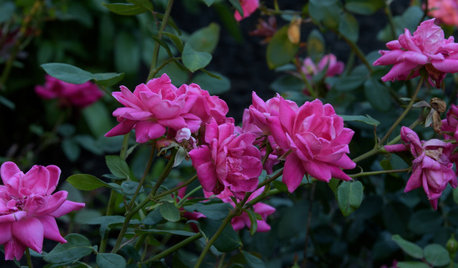
WINTER GARDENINGHow to Plant Bare-Root Roses
Late winter or early spring is a great time to put new roses into the ground
Full Story
GARDENING GUIDESLearn the Secret to Bigger and Better Roses
Grow beautiful roses using both ordinary and unusual soil amendments
Full Story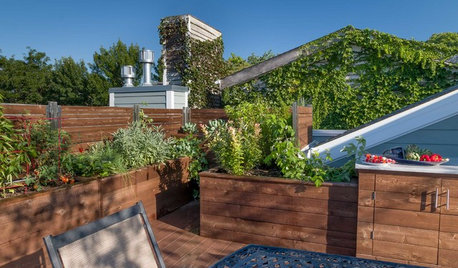
GARDENING GUIDES10 Tips for Beginning Gardeners
With a simple sketch, basic tools and the right plants, you’ll be on your way to growing your first flowers or edibles
Full Story
GARDENING GUIDESEssential Watering Tips for Your Edible Garden
To give your edible plants just what they need, check out these guidelines for how, when and how much to water
Full Story
GARDENING GUIDESGrow Your Own Privacy: How to Screen With Plants and Trees
Use living walls to lower your home and garden's exposure while boosting natural beauty in your landscape
Full Story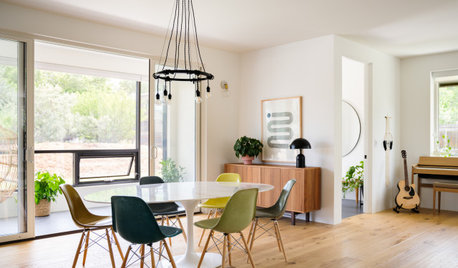
FEEL-GOOD HOME10 Tips for a More Peaceful Home
Turn your everyday living space into a serene retreat by clearing visual distractions, softening your lighting and more
Full Story
EDIBLE GARDENSHow to Grow Your Own Peaches and Nectarines
Make gardening a little sweeter with these juicy fruits, which you can eat after plucking or preserve for later
Full Story
FALL GARDENING7 Reasons Not to Clean Up Your Fall Garden
Before you pluck and rake, consider wildlife, the health of your plants and your own right to relax
Full Story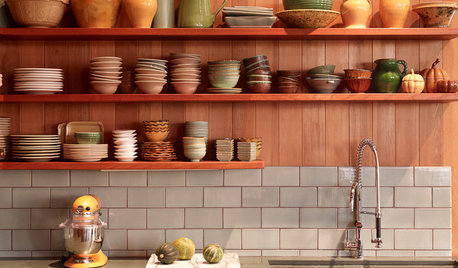
KITCHEN CABINETS9 Ways to Save Money on Kitchen Cabinets
Hold on to more dough without sacrificing style with these cost-saving tips
Full Story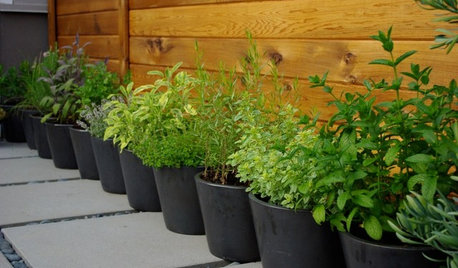
GARDENING GUIDES6 Ways to Grow Edibles in Small Places
No big backyard? Join in the grow-your-own fun with these small-space ideas for planting vegetables, fruits and herbs
Full Story


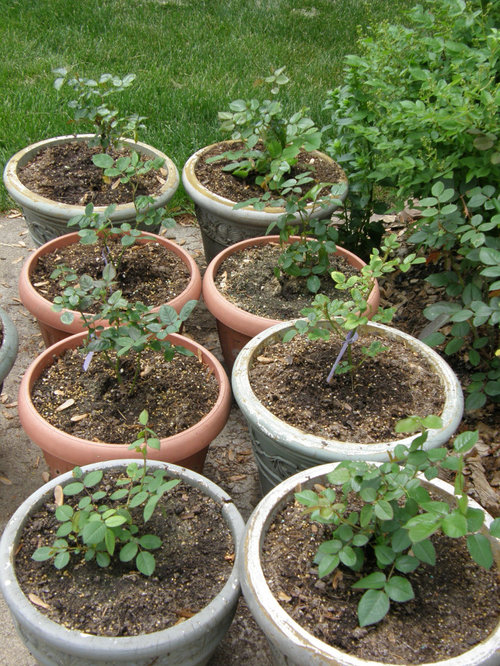
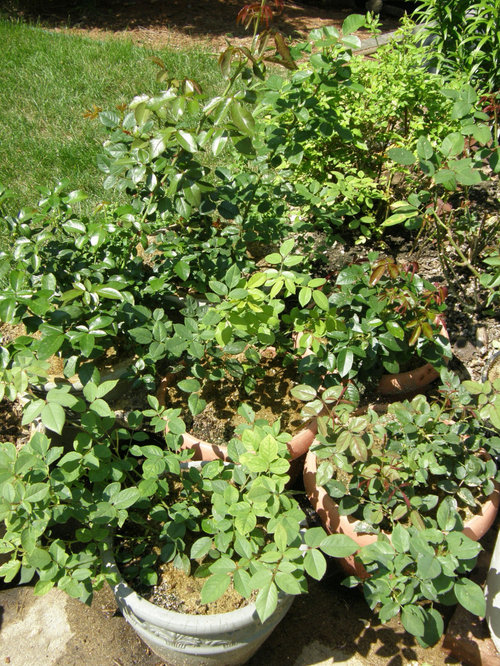
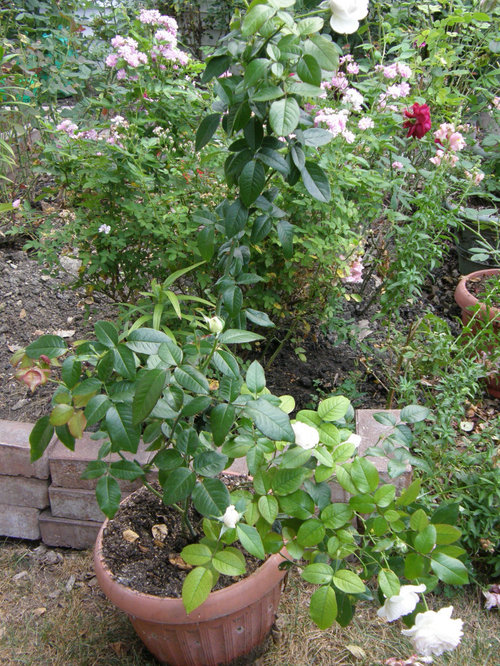
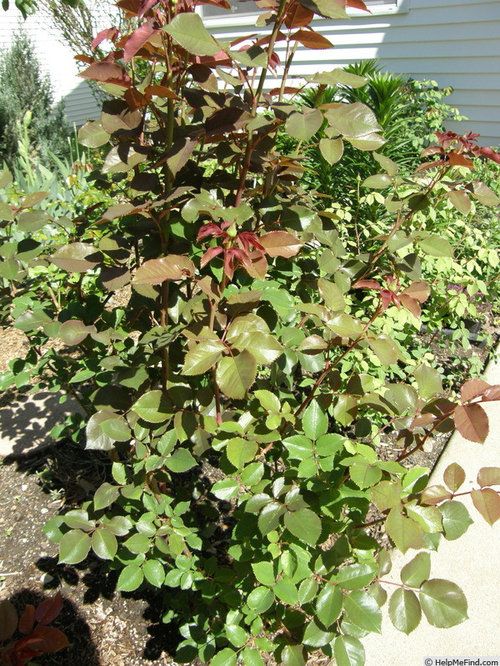
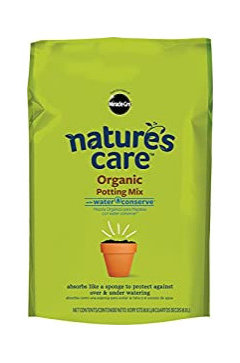
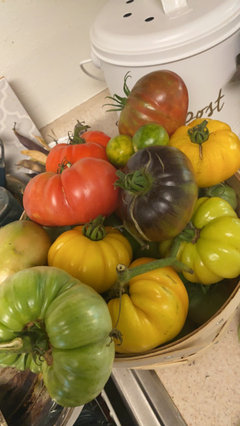
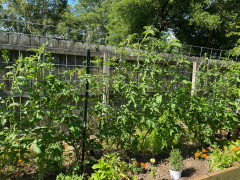
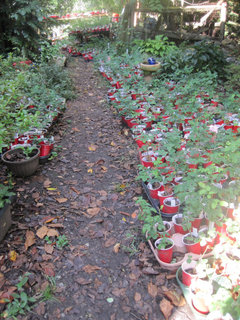
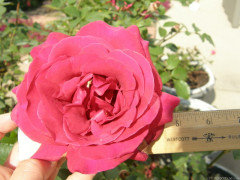
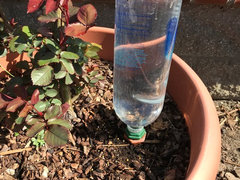
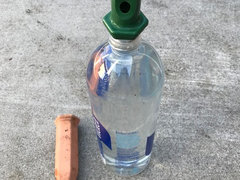
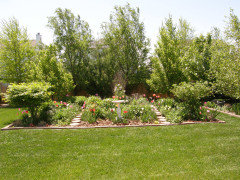
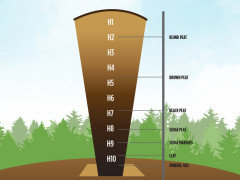
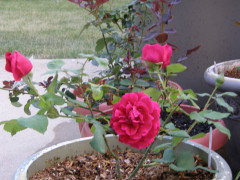



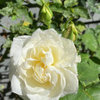
strawchicago z5Original Author